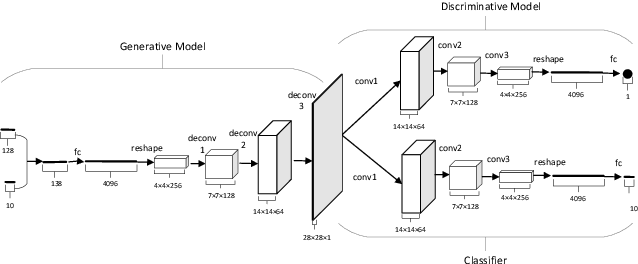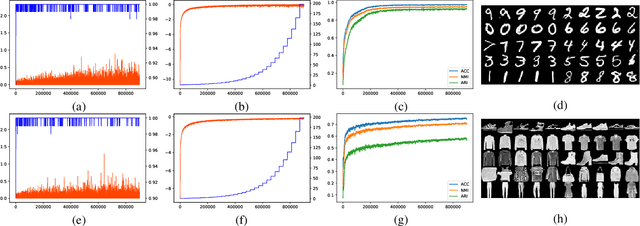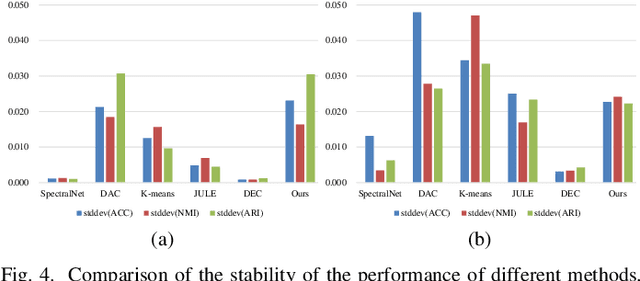Xinghui Dong
Physics-Aware Semi-Supervised Underwater Image Enhancement
Jul 21, 2023Abstract:Underwater images normally suffer from degradation due to the transmission medium of water bodies. Both traditional prior-based approaches and deep learning-based methods have been used to address this problem. However, the inflexible assumption of the former often impairs their effectiveness in handling diverse underwater scenes, while the generalization of the latter to unseen images is usually weakened by insufficient data. In this study, we leverage both the physics-based underwater Image Formation Model (IFM) and deep learning techniques for Underwater Image Enhancement (UIE). To this end, we propose a novel Physics-Aware Dual-Stream Underwater Image Enhancement Network, i.e., PA-UIENet, which comprises a Transmission Estimation Steam (T-Stream) and an Ambient Light Estimation Stream (A-Stream). This network fulfills the UIE task by explicitly estimating the degradation parameters of the IFM. We also adopt an IFM-inspired semi-supervised learning framework, which exploits both the labeled and unlabeled images, to address the issue of insufficient data. Our method performs better than, or at least comparably to, eight baselines across five testing sets in the degradation estimation and UIE tasks. This should be due to the fact that it not only can model the degradation but also can learn the characteristics of diverse underwater scenes.
Learning the Precise Feature for Cluster Assignment
Jun 11, 2021



Abstract:Clustering is one of the fundamental tasks in computer vision and pattern recognition. Recently, deep clustering methods (algorithms based on deep learning) have attracted wide attention with their impressive performance. Most of these algorithms combine deep unsupervised representation learning and standard clustering together. However, the separation of representation learning and clustering will lead to suboptimal solutions because the two-stage strategy prevents representation learning from adapting to subsequent tasks (e.g., clustering according to specific cues). To overcome this issue, efforts have been made in the dynamic adaption of representation and cluster assignment, whereas current state-of-the-art methods suffer from heuristically constructed objectives with representation and cluster assignment alternatively optimized. To further standardize the clustering problem, we audaciously formulate the objective of clustering as finding a precise feature as the cue for cluster assignment. Based on this, we propose a general-purpose deep clustering framework which radically integrates representation learning and clustering into a single pipeline for the first time. The proposed framework exploits the powerful ability of recently developed generative models for learning intrinsic features, and imposes an entropy minimization on the distribution of the cluster assignment by a dedicated variational algorithm. Experimental results show that the performance of the proposed method is superior, or at least comparable to, the state-of-the-art methods on the handwritten digit recognition, fashion recognition, face recognition and object recognition benchmark datasets.
 Add to Chrome
Add to Chrome Add to Firefox
Add to Firefox Add to Edge
Add to Edge